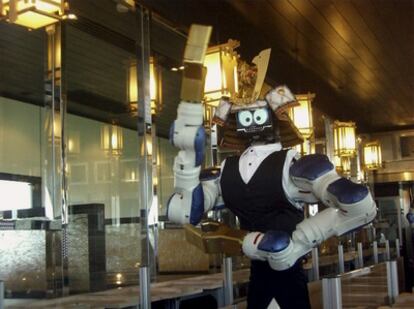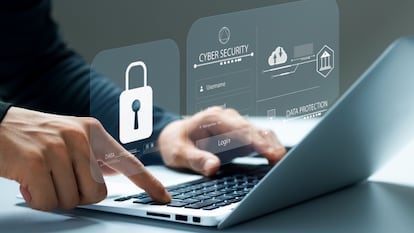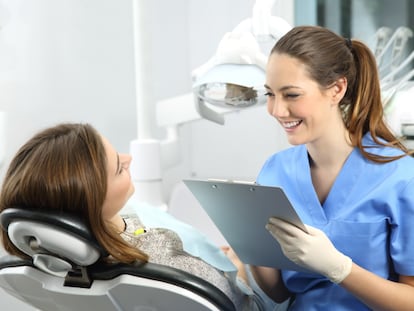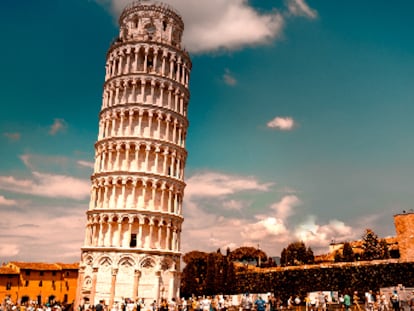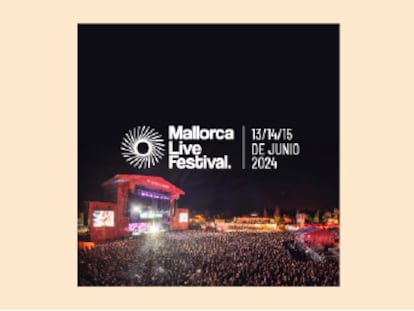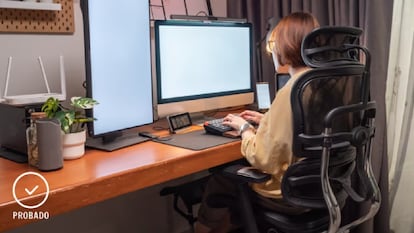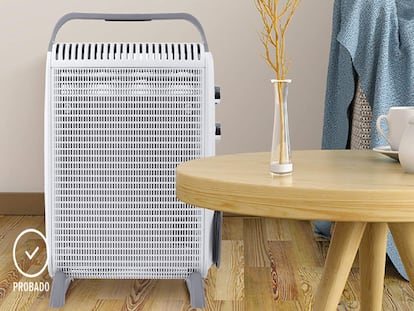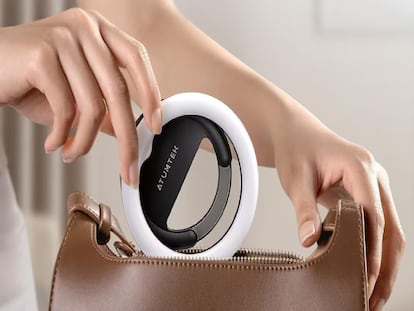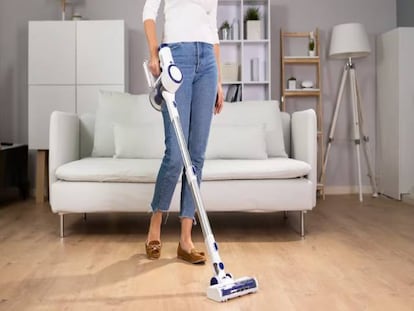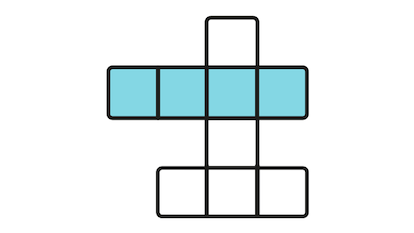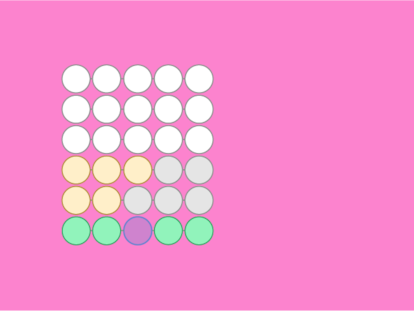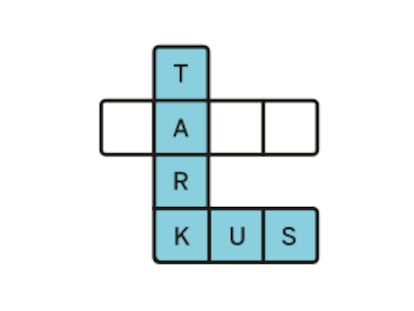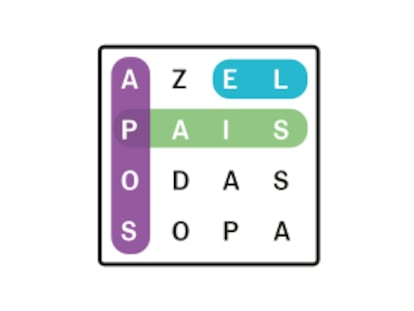Touching the cells: robots in the nanoworld
Physicians in the olden days could not use post mortem surgery to determine the cause of any rare disease: all that they had to go by was a detailed study of external symptoms in their patients combined with dissection of animals. It was not until a brief period of about 40 years in the 3rd century BC when the ban on human dissection was lifted. Then, working in Alexandria, Herophilus and Erasistratus were able to dissect copses to better understand the working of the human body and the causes of its numerous dysfunctions.
Nowadays, it is an accepted approach to investigate diseases and even their treatments at the level of a cell or even that of a molecule. And it is here that today's physicians face another unsurmountable barrier: cells and molecules are too small to be seen, let alone manipulated. Whereas we can see and work with objects roughly one-tenth of a millimeter, these modern 'cell surgeons' need the acuity of vision and accuracy of movement that are ten times or even ten thousand times as precise to study cells and their components?which is where robots step in to lend a hand. Since the first prototypes developed at the Artificial Intelligence Laboratory of the Massachusetts Institute of Technology and the Robotics Institute of the Carnegie Mellon University in the sixties and seventies, one of the primary objectives of robotics has been to execute tasks that are beyond human abilities. In the same way that three robots on Mars are extensions of the hands and the eyes of NASA's scientists, we at the Microrobotics and Nanocharacterization Laboratory, University of Barcelona, in collaboration with the Nanobioengineering Laboratory of the Institute for Bioengineering of Catalonia, are developing robots to serve medical doctors. Using these robots, physicians will be able to study cells and molecules the same way they study organs and tissues.
Advances in nanotechnology have led to the development of robots that can see and handle objects with a precision greater than a nanometer (one-millionth of a millimeter, or about one-hundredth the size of the influenza virus). At that scale, the robots can operate tools to manipulate cells and their organelles. However, a greater challenge is to provide a suitable interface that will allow doctors to work without being aware of the scale: to observe and handle cells and molecules as though they are objects ten thousand times larger, handling mitochondira as though they are sausages, so to speak. These two aspects - nanotools for robots and virtual reality for people - are the focus of our research. The objective: to improve, with the aid of robots, the sense of sight and of touch of a nanosurgeon 10 000-fold. This is the equivalent of being able to read those letters you read while getting your eyesight checked when they are six kilometres away.
Given the physical limits of optical microscopes, we work with force microscopes: like a blind man reading a book written in Braille with the tips of his fingers, the robots 'see' the objects with an extremely fine probe (10 nm or smaller). And if the specimens are to be manipulated as well, the tools must be extremely precise in the force they apply to cells and molecules?a very light touch indeed. Actually it is possible for robots to apply, in a controlled way, forces in the 10 pN range (a force of 10 piconewtons is one-thousandth of that required to hold aloft, against gravity, a strand of human hair). Such fine control, combined with high precision, makes it possible to handle a sample gently, without damaging it. The robots must perceive the information as enhanced reality if the nanosurgeon is to see a three-dimensional reconstruction of the studied sample in real time and control the robots with her own hands using haptic devices at the same time. These devices, which are similar in concept to the joystick used in playing videogames, are capable of faithfully reproducing on human scale the feel, the actions and reactions of forces, on nanoscale and to translate the actions of the nanosurgeon to the robot equally precisely.
The concept of a robot-based nanolaboratory, although at the start-up phase so far, is beginning to prove its enormous potential in medicine. Studying 'nanoscopic' differences between metastatic and healthy cells can help in developing novel techniques for the diagnosis and treatment of cancer, and controlled nanomanipulation of DNA chains, proteins, viruses, and bacteria can help us trace the origins, so far elusive, of some diseases and disorders. And this is only the beginning. In our laboratories we work to improve and offer these novel techniques to the Herophiluses and Erasistratuses of the 21st century who will be far more humane, operating on cells and tissues and not on live people?criminals or otherwise.
